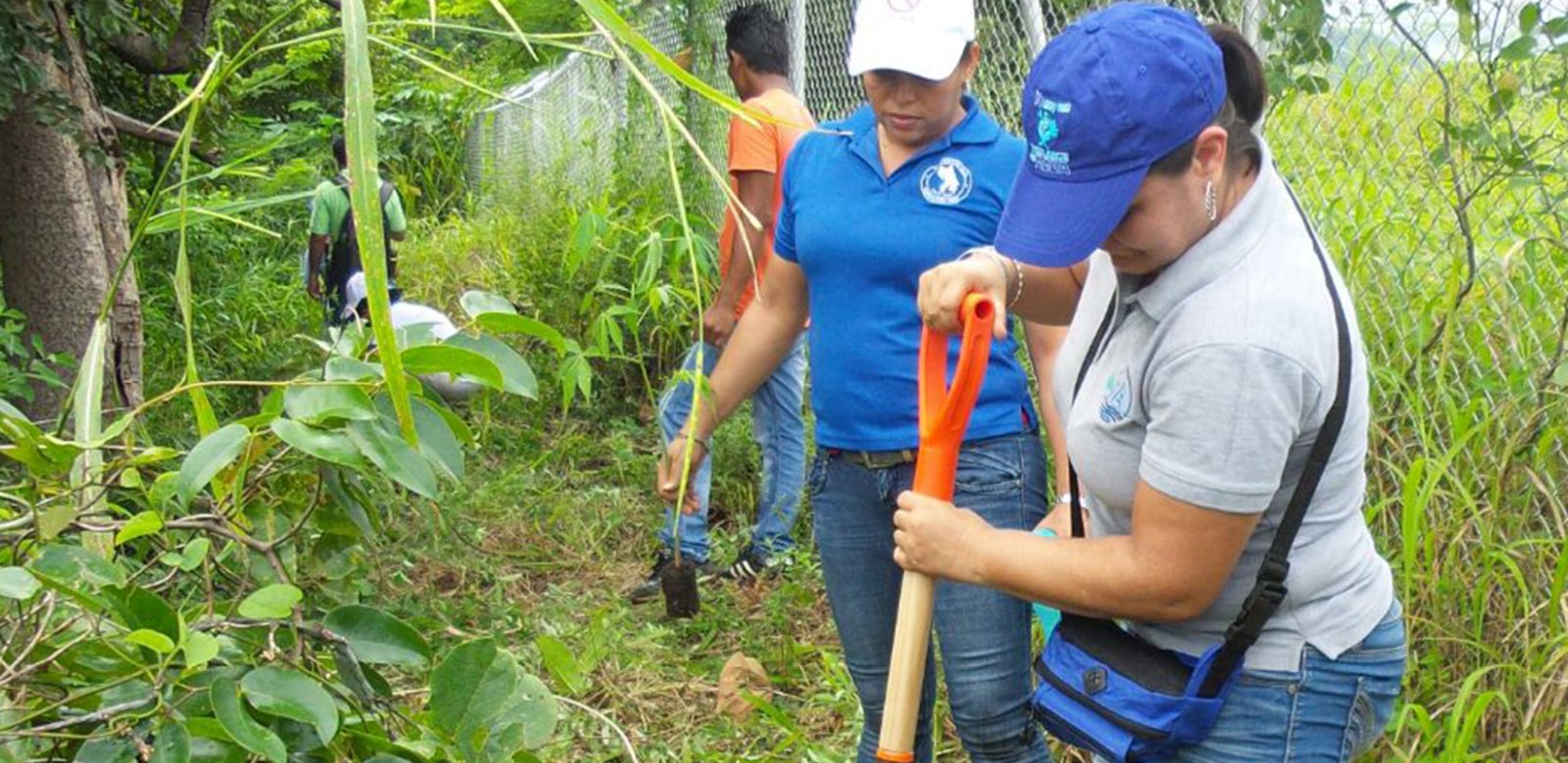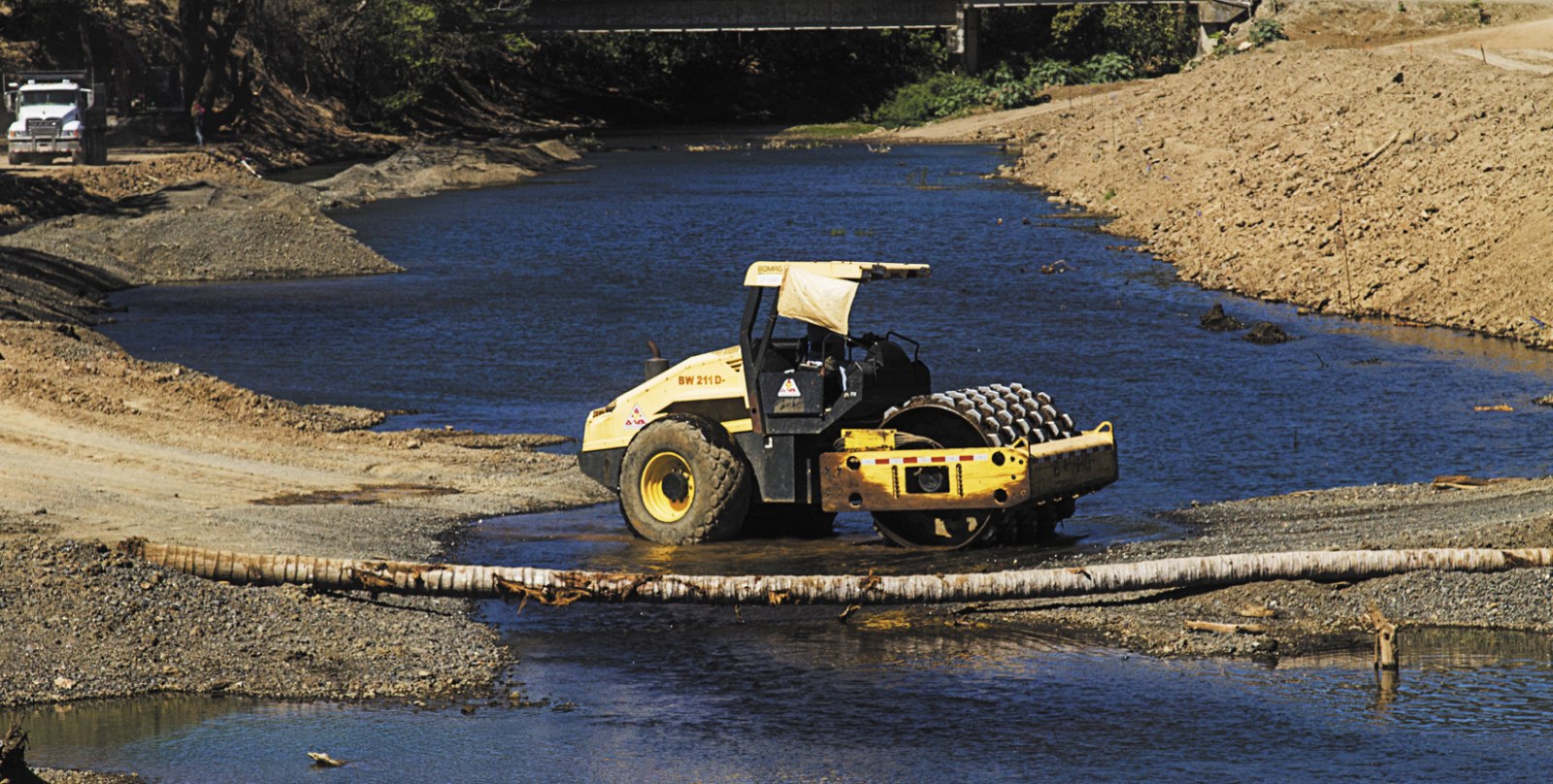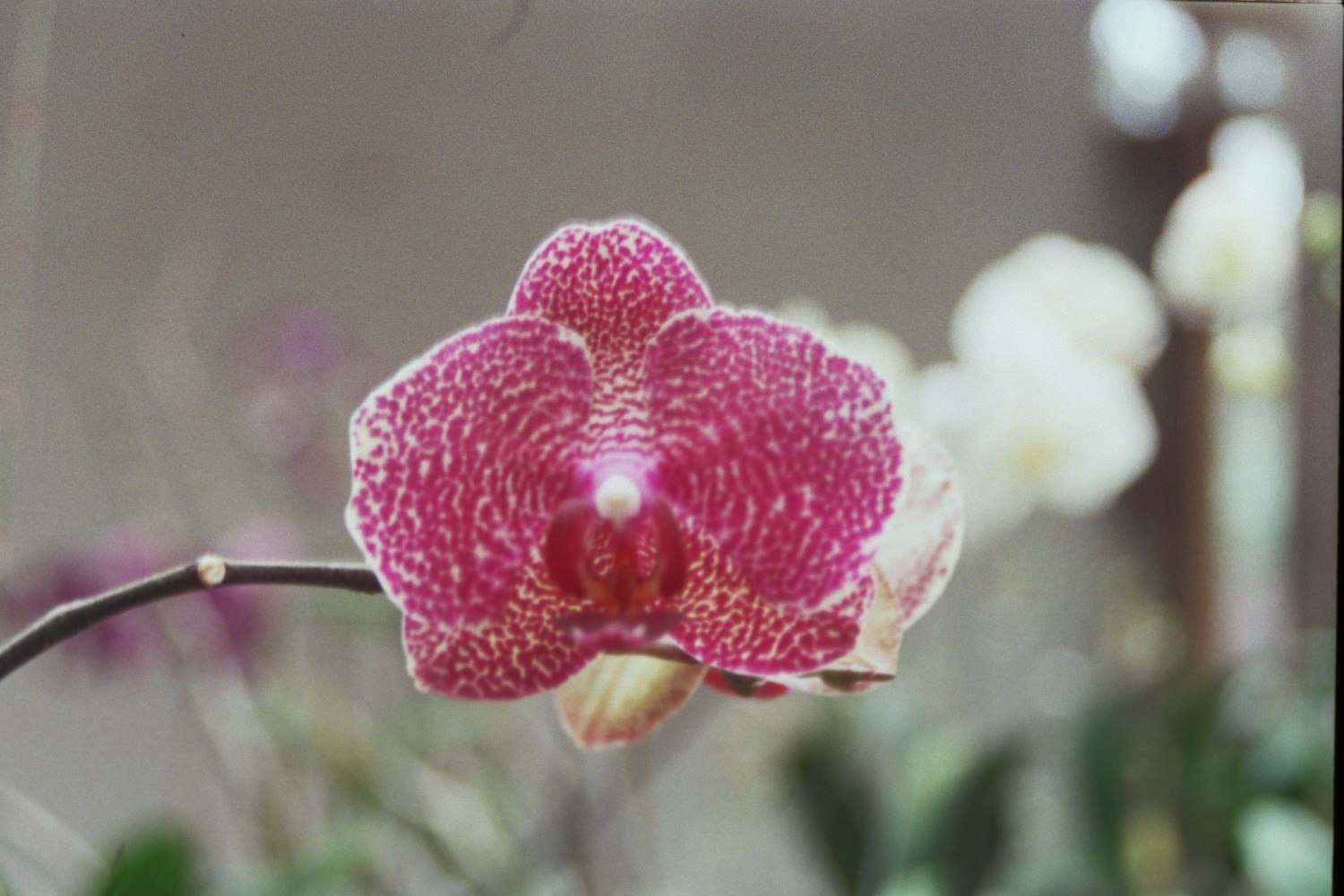
Gold trumpet trees, yellow bark wood, rosewood, fotocaballos, ron ron, rain tree, oak, wild cashew and jocote (mombin) are some of the 500 native tropical dry forest plants that were planted on the banks of the En Medio River to protect its flow.
It was a joint project of Aqueducts and Sewers (AyA), the Costa Rican Foundation for the Protection of Nature in Guanacaste (Fundecongo), the Free University of Costa Rica, the Ministry of Health and the Environmental Commission of the Ministry of Environment and Energy (MINAE).
The planting was done during the month of October along one kilometer of the river’s edge, located in the area of the AyA lagoons. According to Lisbeth Jimenez, coordinator of the reforestation project for AyA, the Municipality of Santa Cruz dredged the river in this sector a few years ago to prevent adjacent communities from flooding during the rainy season. The place was left devoid of vegetation in an area of approximately 2 kilometers on both banks.
The 500 trees were donated by the Costa Rican Electricity Institute (ICE) and planted by volunteer officials. Currently the plants are maintained by AyA workers, especially pruning and irrigation in dry season. Each plant cost about ¢200 (about 40 cents).
According to Kathy Madrigal, a member of the Environmental Commission, this year they will resume the project to reforest this same site in coordination with other institutions and will organize some schools to do cleaning work.
“We intend to continue reforesting the En Medio River in the middle of the third quarter of this year, when the rains begin. The idea is to continue right there in an area of two kilometers on both sides of the river and we are going to coordinate with some schools to do cleaning work at the En Medio and Diria rivers,” Madrigal commented.
So far, six schools are integrated into the recycling and environmental protection programs coordinated by the commission. In the schools of San Juan, Chirco, Arado, Estocolmo, UCR School and Barrio Limon, they provide training and counseling on how to recycle and be aware of protecting ecosystems and water tables.







Comments